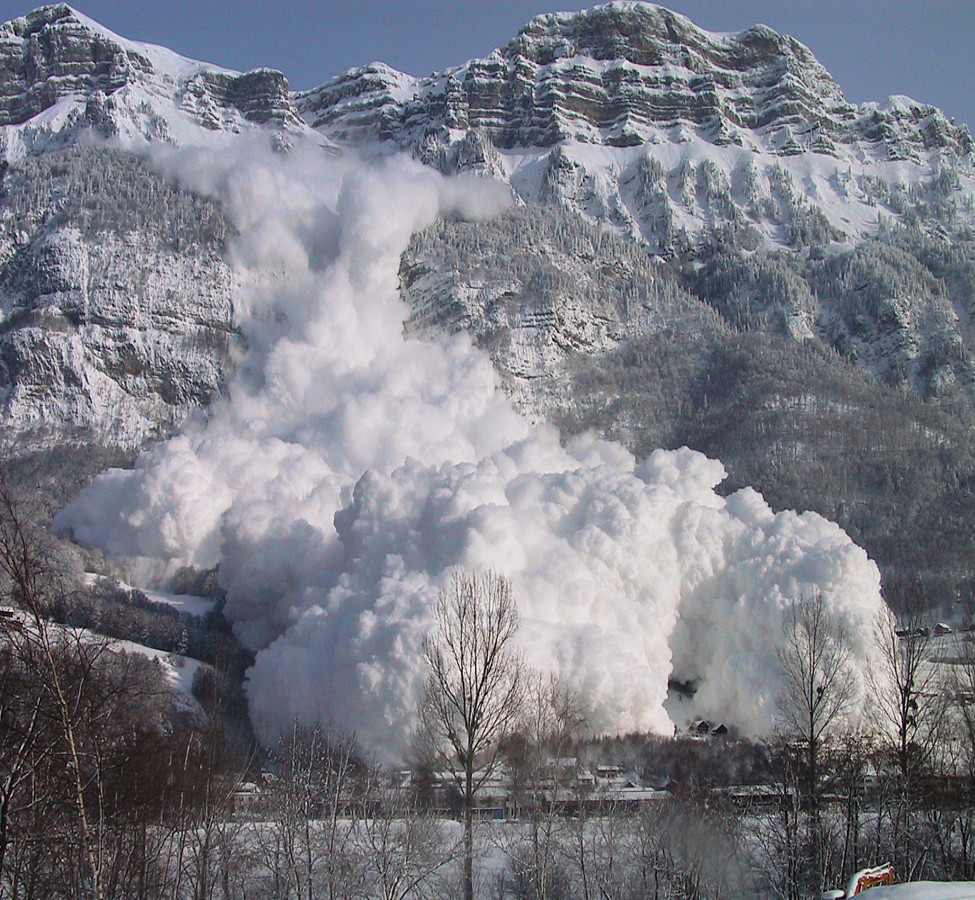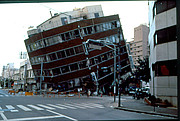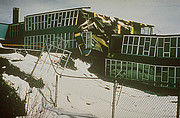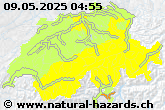Earthquake
An earthquake is the sudden movement of the earth's surface from the release of energy in the earth's crust.
Earthquakes in Switzerland
Compared on international level, the earthquake risk in Switzerland is classified as moderate to average. It is elevated in the canton of Valais, the Basel region, in central Switzerland, in the Engadin region and in the Rhine Valley of the canton (earthquake risk map for Switzerland).
Around 200 earthquakes occur annually in Switzerland, of which only 10% can be felt by humans. The last major earthquakes that caused damage occurred in Sion in 1946 and in Visp in 1855. A severe earthquake in 1356 destroyed large parts of the city of Basel.
Magnitude 5 earthquakes are likely to occur every five years in Switzerland and earthquakes of magnitude 6 may be expected around every 100 years. It is estimated that the earthquake of 1356 had a magnitude of 6.5. Major earthquakes causing extensive damage also occurred here in the more recent past (e.g. in Sion in 1946: magnitude 6.1). The disastrous earthquake that hit L’Aquila in Italy on 6 April 2009 had a magnitude of 6.3.
Risk studies show that safety in Switzerland is not primarily under threat from the known and common natural hazards like floods, avalanches and rockfall but from more rare events like earthquakes. The risk posed by a strong earthquake is huge: if an earthquake of the magnitude of that which occurred in Basel in 1356 were to arise in Switzerland today, damage totalling around CHF 60 billion could be expected. For the purpose of comparison: the total cost of the damage caused by the severe floods of 2005 was around CHF 3 billion.
However, serious damage to buildings could be avoided effectively through earthquake-proof design and construction. Nonetheless, the intensity of an earthquake may be so strong that buildings, bridges and dams will collapse depending on their subsurface and design.





